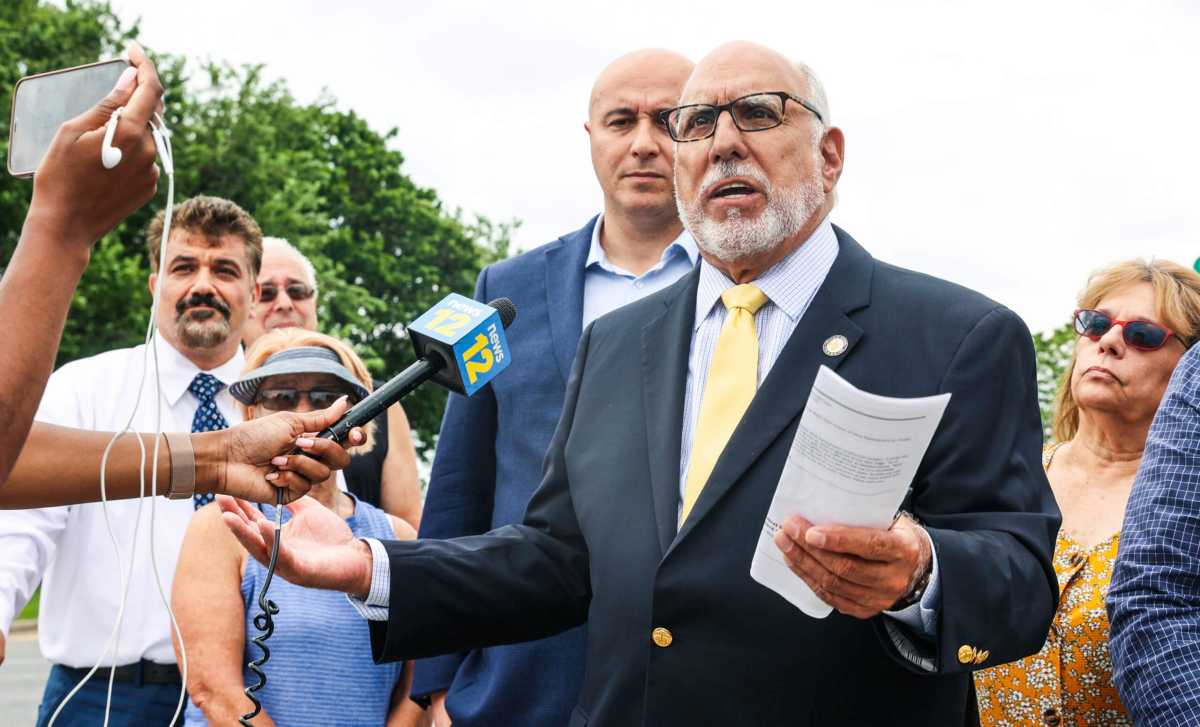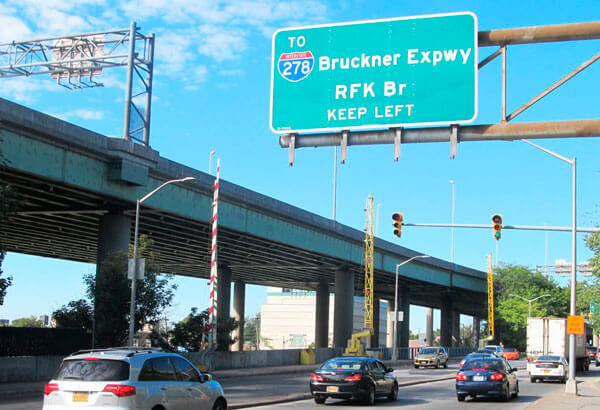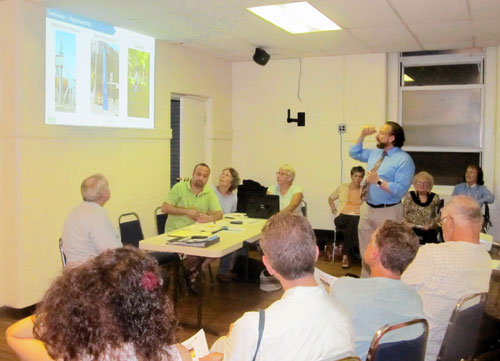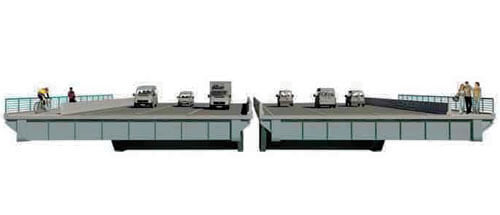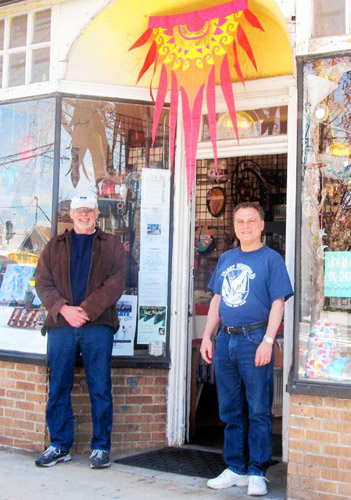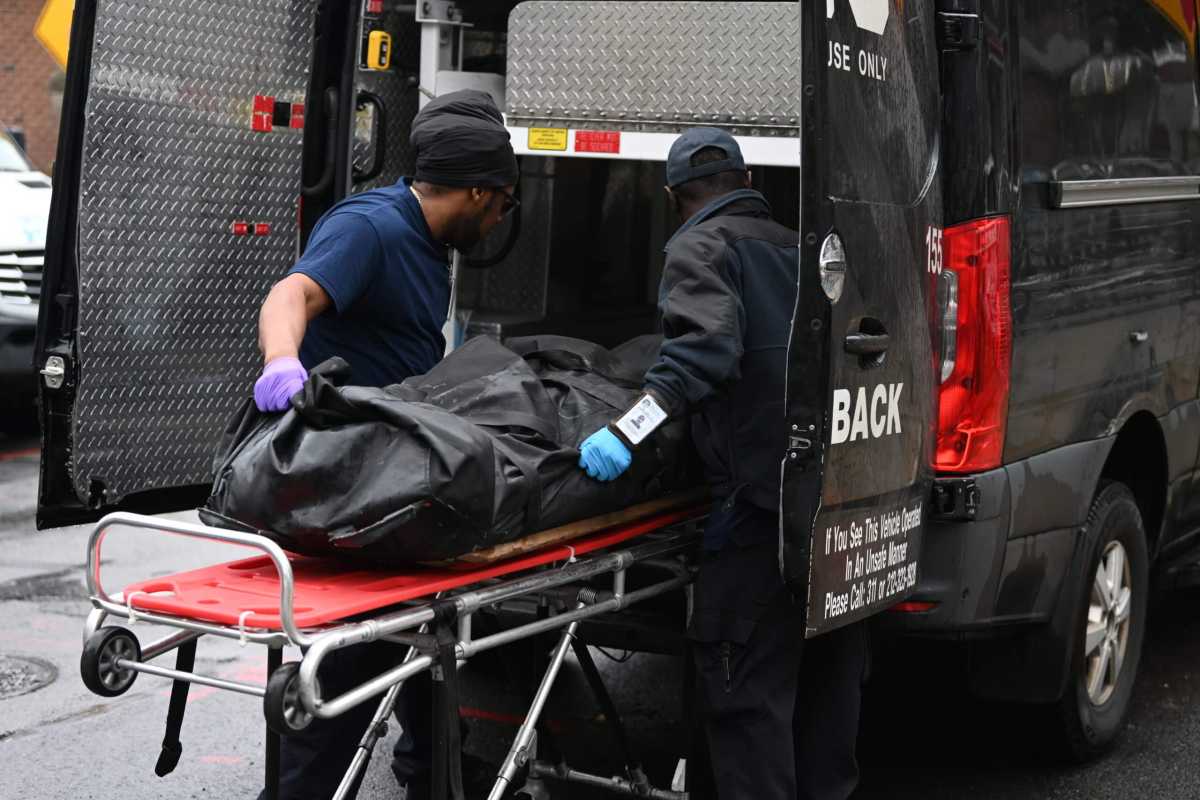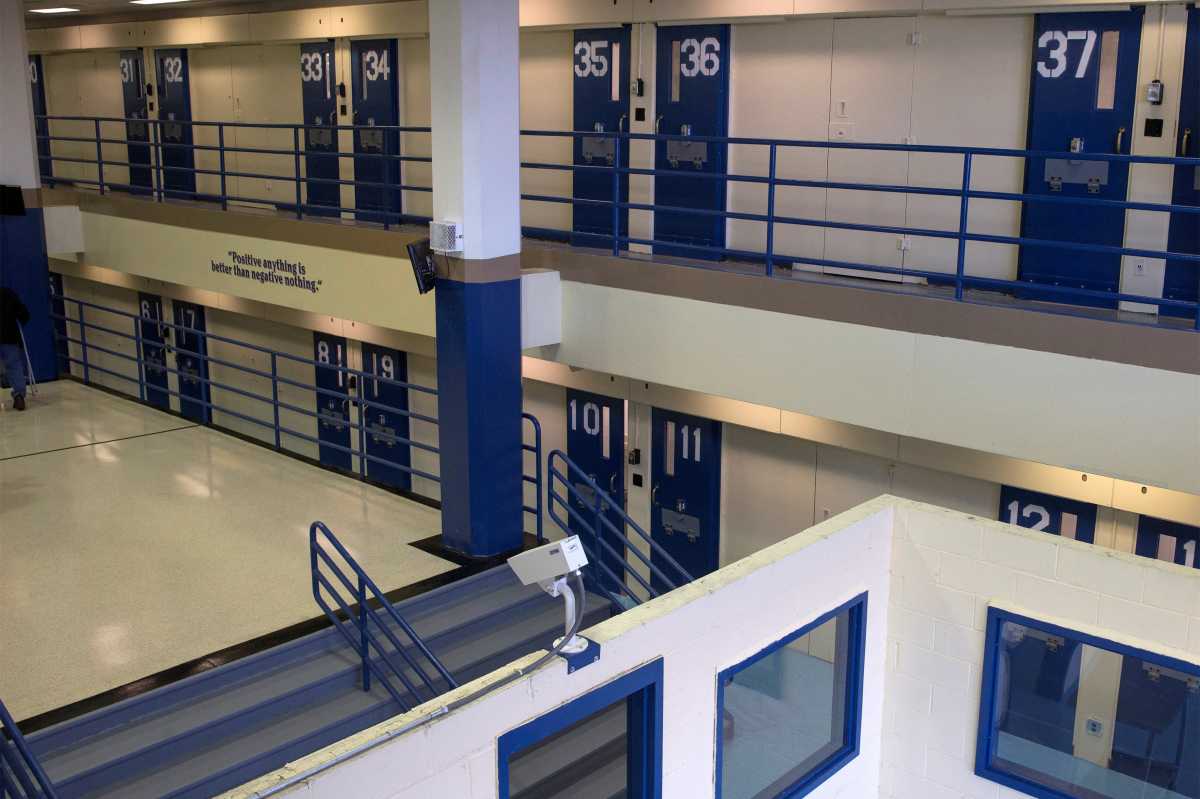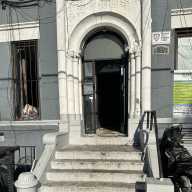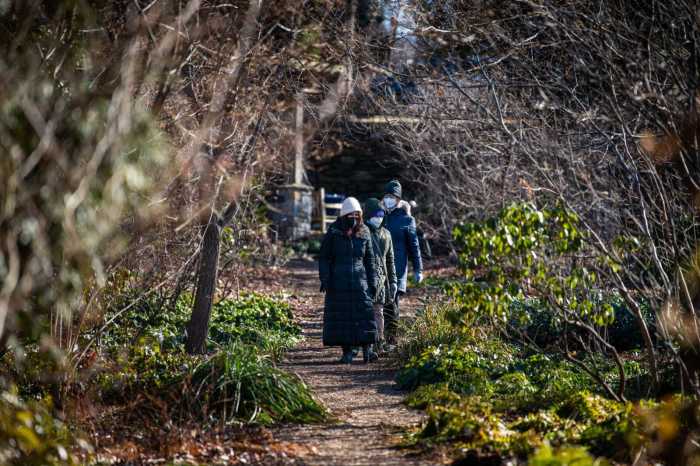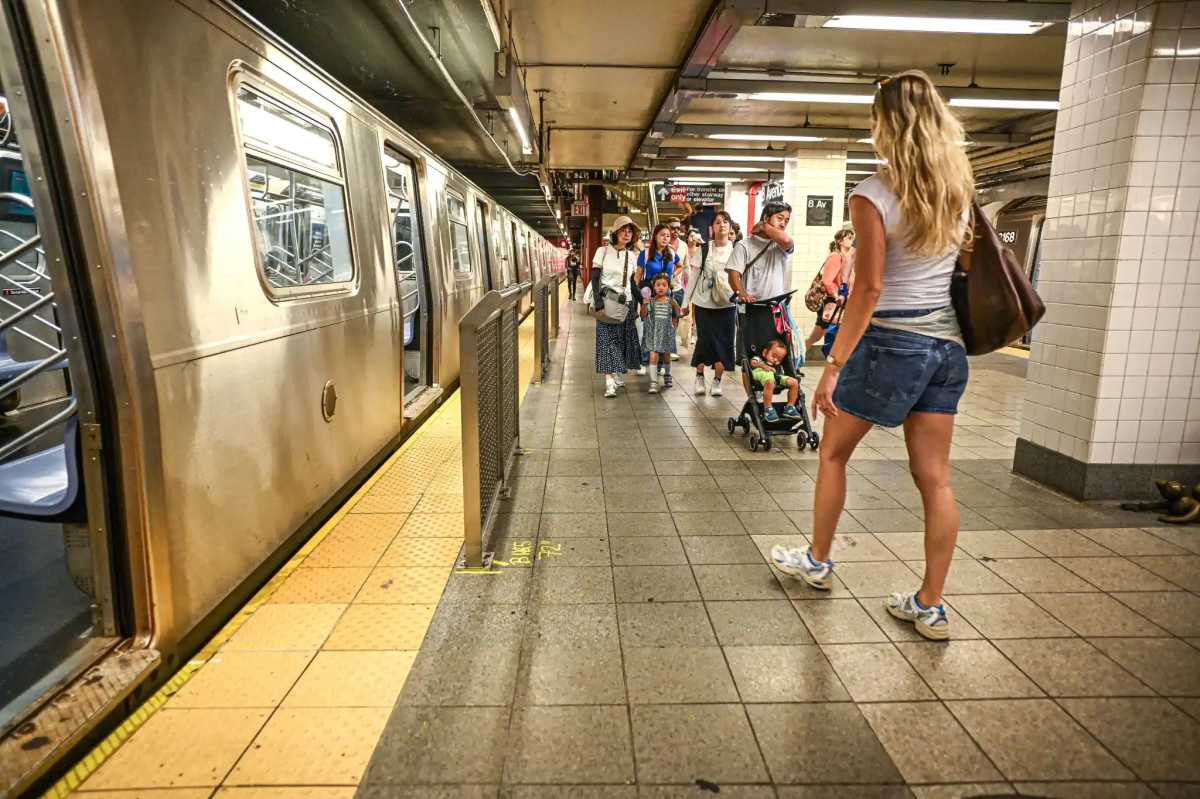Locust Point residents are petitioning city leaders to urge transit officials to close an entrance to the Throgs Neck Bridge during peak hours, citing unmanageable congestion and traffic for local commuters.
Linda Palma, a Locust Point resident who started an online petition two weeks ago and has received more than 325 signatures, as of press time, said that it’s the responsibility of the MTA’s Triborough Bridge and Tunnel Authority (TBTA) — the transit authority that operates the Throgs Neck Bridge — to alleviate traffic concerns that they caused on the bridge by reopening the Harding Avenue entrance.
Palma said that traffic issues on the road, including incidences of road rage, have increased over the years without involvement from the TBTA or elected officials.
“[The] TBTA has opened the flood gates,” Palma said to the Bronx Times. “It is their responsibility to honestly assess this horrific situation through the lives of the people that live just a stone’s throw from TBTA property; its bridge, roadway and entrance and exit ramps are TBTA’s responsibility.
Palma proposes a three-year closure of the Harding Avenue entrance to alleviate congestion from ongoing bridge or permanent closure of the entrance. The distance from the Harding Avenue entrance is approximately a mile from the Throgs Neck Bridge.
TBTA officials could not be reached for comment as of press time. In a statement, Democratic state Assemblyman Michael Benedetto, whose legislative district includes Locust Point, is also pushing for the closure of the Harding Avenue exit.
“[The Harding Avenue entrance], however, makes traffic for the surrounding communities and especially the Locust Point Community which has one entrance/exit intolerable,” he said.
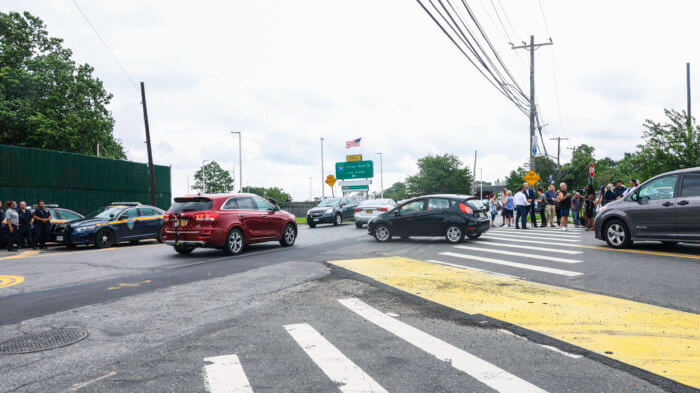
Benedetto’s spokesperson Matthew McKay told the Bronx Times that Con Edison road repairs from Harding Avenue to Lawton Avenue are also creating one-lane congestion. Benedetto held a press conference at the Harding Avenue entrance on July 29.
The Throgs Neck Bridge is a six-lane bridge that connects the Throggs Neck section of the Bronx to the Terrace section of Queens and averages roughly 5,000-6,000 vehicles daily during 3 p.m. to 8 p.m. peak weekday hours, according to the state’s transportation stats.
Palma said that the volume of cars and the added access for vehicles through the Harding Avenue entrance has drivers trying to access the exit road into Locust Point “hostage” in standstill traffic.
“I am in agreement that because the horrendous traffic is no longer specific to peak hours or weekends that permanent closure is Locust Point’s best solution to the fact that this ‘crossroad’ is unfortunately built right on the only access road,” she said. “The [Locust Point] neighborhood is at its wits’ end.”
The Harding Avenue entrance is an onramp to the Throgs Neck Expressway’s toll plaza, which had been closed on weekends since 2000 after concerns of vehicles using a service road to bypass tolls.
In 2010, Community Board 10 voted to reopen the Harding Avenue entrance to the Throgs Neck Expressway for four hours during weekend evenings hours in order to aid the Marina del Rey catering hall, which is located on Marina Drive. The MTA approved the decision on a six-month trial basis, before making the opening permanent.
But in August 2019, Community Board 10 sent a letter to the MTA requesting that the entrance be closed whenever the Queens-bound roadway gets backed up. The bridge backups were, according to the board, caused by daytime road closures, lane shifts and the occasional traffic accident.
The letter noted the positive effects that Harding Avenue access closures, whether due to construction or otherwise, had on Throggs Neck commuters.
The letter reads, “The Harding Avenue Exit was closed Monday through Thursday from 4 to 7 p.m. It closed each Friday at noon and remained closed for the entirety of the weekend. It re-opened on Monday at 7 a.m. The exit’s closure had a positive impact on the quality-of-life on our lower Throggs Neck communities.”
The letter said that GPS navigation apps like Google and Waze also create congestion, as the turn-by-turn navigation systems offer routes that favor local streets to access the Harding Avenue entrance in light of the expressway roads.
“These mobile applications recommend that motorists avoid certain portions of the Throgs Neck Expressway by traveling through our local streets to reach the Harding Avenue entrance,” the letter added.
If the TBTA doesn’t entertain re-closing the Harding Avenue entrance, Palma said a compromise would be the addition of a right turn lane at Harding Avenue where it meets East 177th Street.
“I think there are multiple solutions to this issue, adding a right turn lane if the TBTA doesn’t want to close the Harding Avenue entrance,” she said. “But for people who need to get home to Locust Point, we can’t continue to deal with hour-long traffic to go 100 feet and being unable to access our exits.”
Attempts by Locust Point Civic Association leaders and Democrat Councilman Mark Gjonaj, District 13, to pressure the NYC Department of Transportation to install a turning lane stalled in late 2019.
Reach Robbie Sequeira at rsequeira@schnepsmedia.com or (718) 260-4599. For more coverage, follow us on Twitter @bronxtimes and Facebook @bxtimes.

